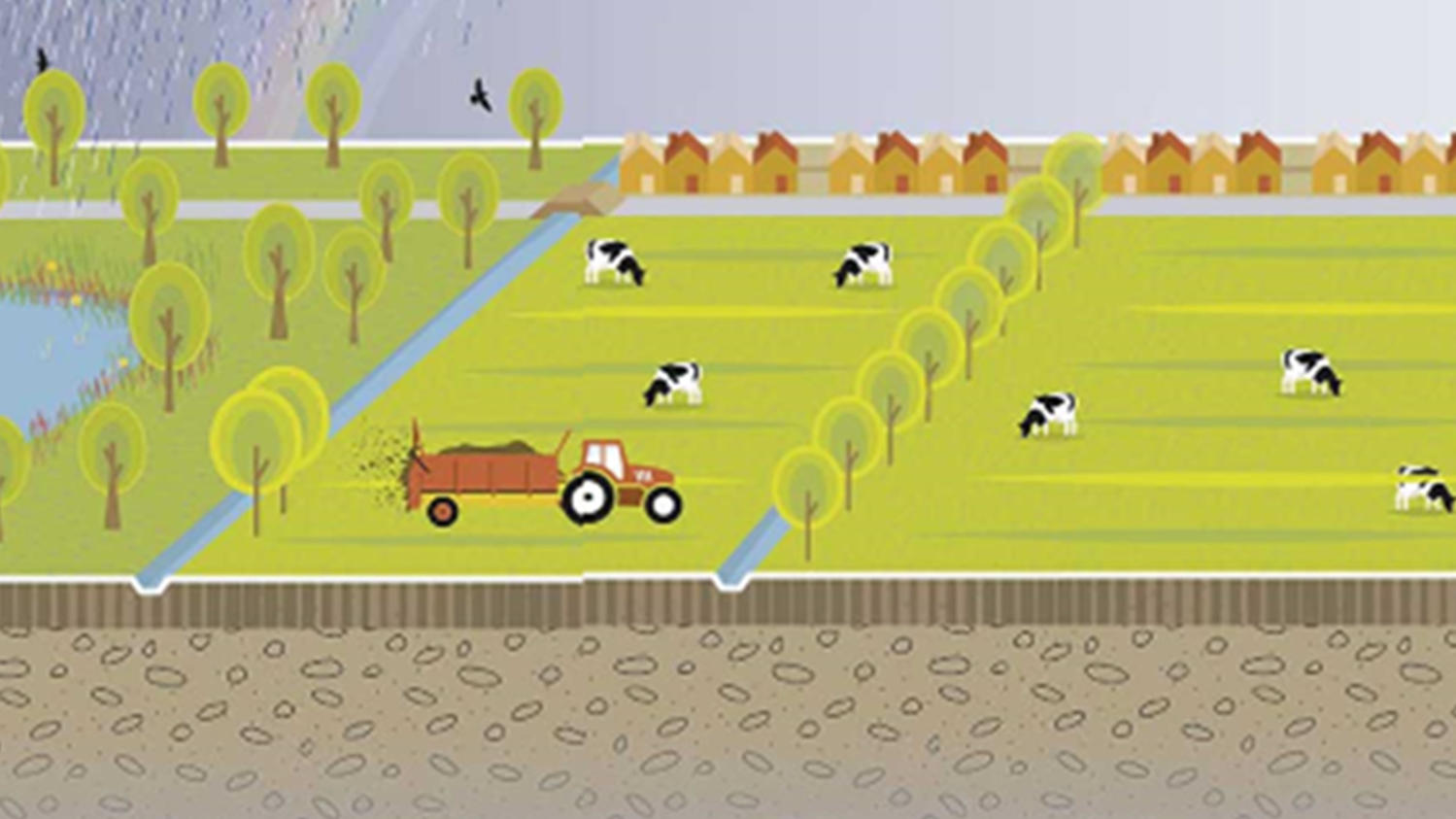FrieslandCampina: Towards a Biodiversity Monitor for Dairy Farming

FrieslandCampina is a dairy cooperative of 20,000 dairy farmers in The Netherlands, Germany and Belgium.
FrieslandCampina produces and sells dairy products for its members all over the world and works closely with its dairy farmers to sustainably produce milk as the main product input.
The Dutch dairy farming sector’s opinion is that recovery of biodiversity in dairy agriculture is an important condition for a resilient dairy sector. Biodiversity supports long-term benefits from the land owned by the dairy farmers.
To support our member dairy farmers in getting insight on how biodiversity benefits farmers, we developed the Biodiversity Monitor for Dairy Farming with Rabobank, WWF and the Louis Bolk Institute. This support of our member dairy farmers in the field of sustainability is an important responsibility of FrieslandCampina.
- No, but aligns with the Protocol’s framework
- Biodiversity & Ecosystem Services
- Climate & Air Emissions
- Water
- Corporate
- Monetary
- Qualitative
- Quantitative
- Value to business
- The Netherlands
- Direct operations
- Upstream
- Food and Beverages, Agriculture
Key findings
The Biodiversity Monitor for Dairy Farming provides insight into the actions of dairy farmers to strengthen biodiversity on their farms and beyond. It also aims to develop new revenue models across the supply chain to reduce dairy farmers’ dependence on government funding.
Diversified revenue models could help convince and motivate farmers to manage their farms by protecting and enhancing natural capital, including biodiversity.
At the end of 2017, we will start with the implementation of the monitor with a group of 10 farmers. In this group, we will investigate whether improving biodiversity will result in a better business case for the dairy farmer.
This better business case could include reductions in mineral losses, improved circularity at the farm level, or a higher yield of raw protein from own land etc.
